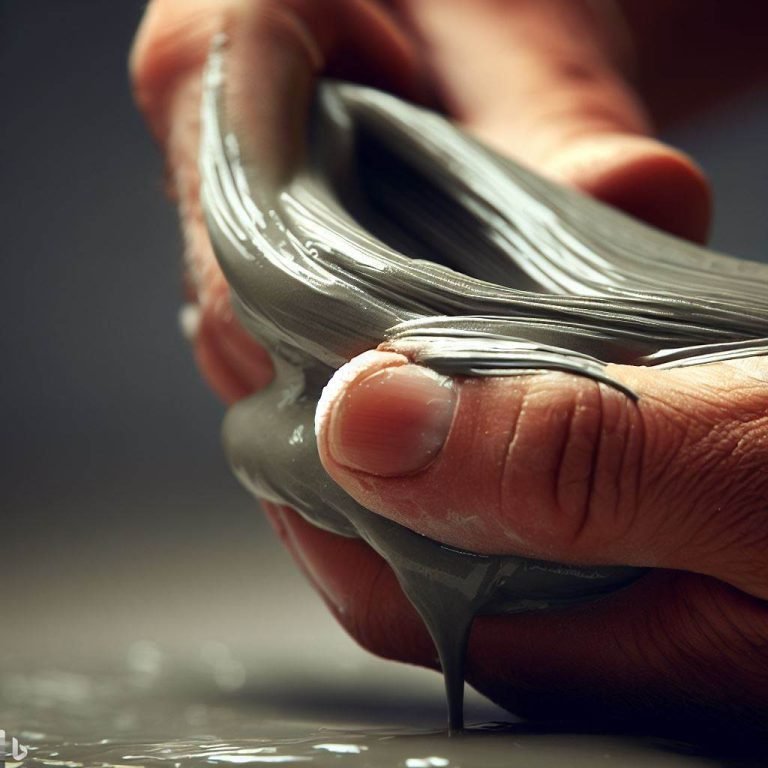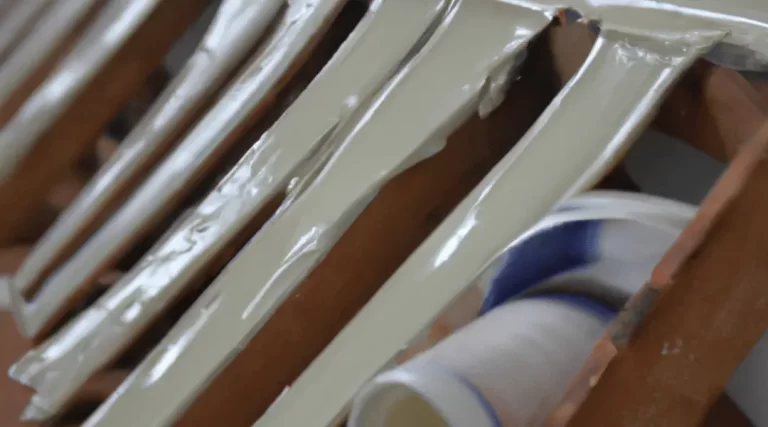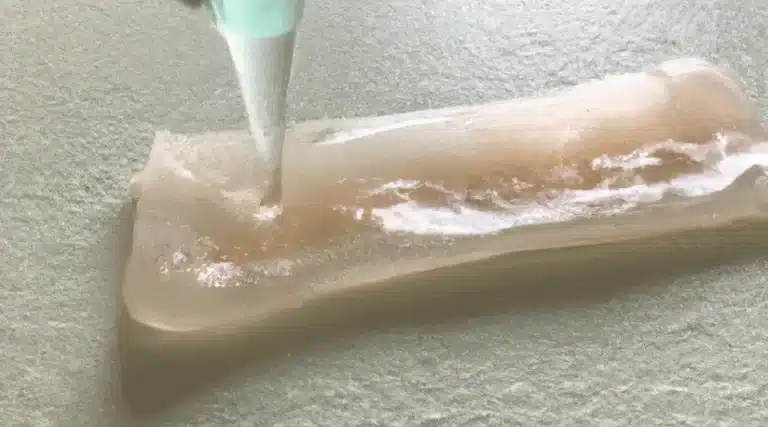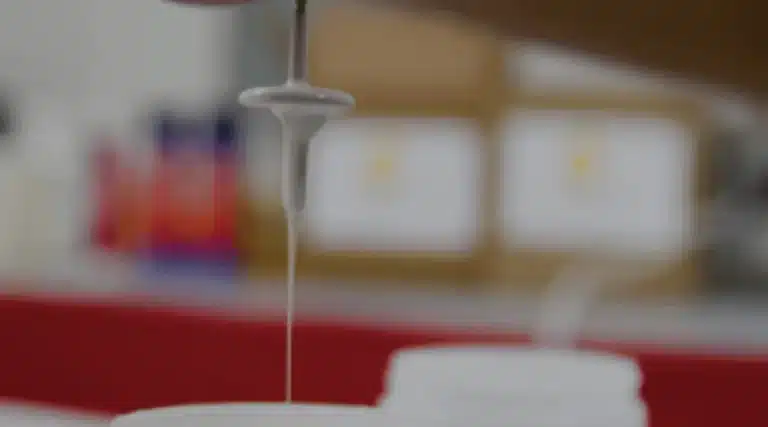Polyvinyl acetate (PVA) glue is a popular adhesive used in various fields, including woodworking, crafting, and bookbinding. This type of glue has gained popularity due to its fast-drying and strong bonding properties.
In this article, we will explore what PVA glue is, its composition, advantages and disadvantages, and its various uses in different industries.
PVA glue is a water-based adhesive that is made up of polyvinyl acetate polymer. It is a type of thermoplastic resin that is commonly used in industrial, commercial, and household applications.
PVA glue is highly versatile and can be used on a wide variety of surfaces, including wood, paper, cardboard, fabric, and plastic. Its popularity is due to its low toxicity, easy cleanup, and fast-drying properties.
This article will provide a detailed analysis of PVA glue, including its uses, advantages, and disadvantages, to help you make informed decisions when selecting an adhesive for your project.
Definition and Composition of PVA Glue
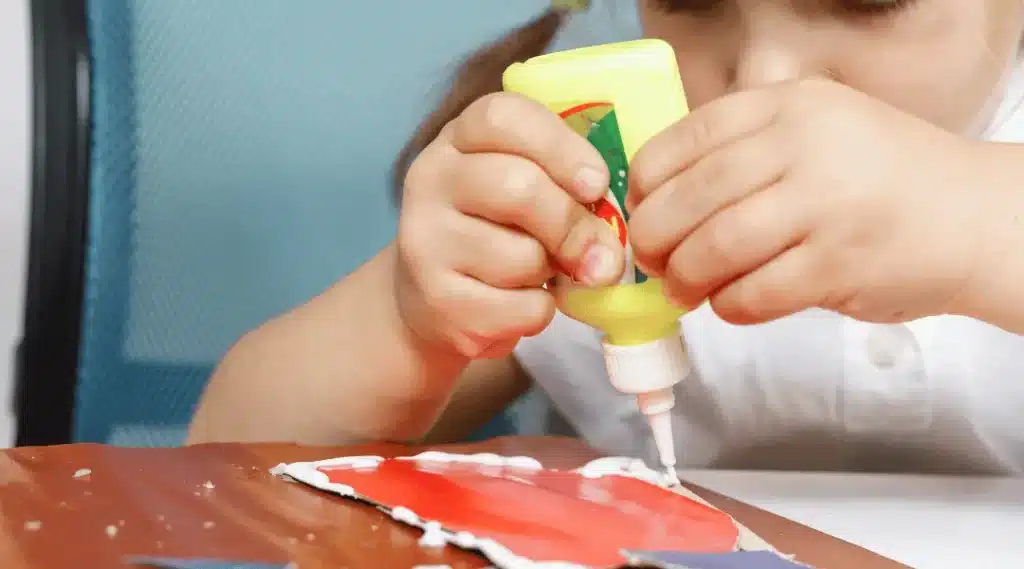
This section aims to provide a clear definition of the chemical composition of polyvinyl acetate adhesive, also known as PVA glue, which facilitates a better understanding of the product’s properties and potential application in various industries.
PVA glue is a water-based synthetic polymer that is created by mixing polyvinyl acetate, water, and other substances such as plasticizers, stabilizers, and preservatives.
It is commonly used in paper projects, bookbinding, woodworking, and other applications due to its versatile and adhesive properties. PVA glue provides a strong and durable bond between materials and is also easy to clean up with water.
Its composition also makes it non-toxic and safe for children to use. Understanding the composition of PVA glue is important when considering its potential advantages and disadvantages in various applications.
The subsequent section will explore the advantages of using PVA glue over other types of adhesives.
Advantages of Using PVA Glue
PVA glue offers several advantages that make it a popular choice for various applications.
First, its versatility allows it to bond different types of materials, including paper, wood, and fabric.
Second, it is affordable and readily available, making it accessible to a wide range of users.
Finally, its ease of application and clean-up makes it a convenient option for both professionals and DIY enthusiasts.
These factors combined make PVA glue a reliable adhesive that is suitable for different projects and budgets.
Versatility
The unparalleled adaptability of the aforementioned adhesive substance is capable of binding an extensive range of surfaces, rendering it an essential component in the arsenal of craftsmen and DIY enthusiasts alike.
PVA glue’s versatility is one of its greatest strengths, and it can be used for a variety of applications in art, woodworking, paper crafts, and more. Whether you need to glue paper, fabric, wood, or plastic, PVA glue can handle the job. It also dries clear and remains flexible, making it an ideal choice for projects that require a seamless finish.
Additionally, PVA glue can be diluted with water, which allows for greater control over the consistency and application of the adhesive. With such a wide range of uses and applications, it’s no wonder that PVA glue is a go-to adhesive for so many DIYers. Its versatility makes it a reliable choice for any project, big or small.
Moving on to affordability, it’s worth noting that PVA glue is also one of the most cost-effective adhesives on the market.
Affordability
As cost is a significant factor in any DIY project, it is important to consider the affordability of the adhesive substance being used, and this section will explore the cost-effectiveness of PVA glue.
PVA glue is a budget-friendly option for those looking for a reliable adhesive substance that won’t break the bank. Its cost-effectiveness makes it an ideal choice for individuals who need to make multiple projects within a limited budget, as it is readily available at any hardware or craft store. It is also available in large quantities, which further enhances its affordability.
PVA glue is an excellent option for individuals who are looking for an adhesive substance that is easy to work with and is not heavy on the pocket. The affordability of the glue makes it an excellent choice for individuals who are looking for a cost-effective solution that does not compromise on quality.
Moving on to the next section, PVA glue is also easy to apply and clean, making it an excellent choice for individuals who are new to DIY projects or do not want to deal with the hassle of cleaning up after using a glue substance.
Easy to Apply and Clean
Applying and cleaning the adhesive substance is a crucial aspect of any DIY project, and the ease of these tasks is a significant advantage of using PVA glue, which can save time and effort for individuals who are new to DIY projects.
PVA glue comes with a range of applicator options, including squeeze bottles, brushes, and rollers, making it easy to apply the glue onto a variety of surfaces.
Additionally, PVA glue is water-soluble, meaning that cleaning up the glue residue is effortless. All you need is some warm, soapy water to wipe away the excess glue.
This ease of use makes PVA glue a popular choice for school projects, crafting, and even woodworking. For example, a beginner crafter can use PVA glue to create a simple paper mache project without worrying about the difficulty of cleaning up the glue residue, allowing them to focus on honing their craft skills.
However, despite its many advantages, PVA glue also has some disadvantages that users should be aware of.
Disadvantages of Using PVA Glue
One potential drawback of using PVA glue is that it may not adhere well to certain materials and surfaces, leading to weaker bond strength. This can be a major concern in certain applications such as woodworking, where strong and durable bonds are necessary for the structural integrity of the piece.
Additionally, the toxicity concerns associated with the use of PVA glue can be a drawback for some individuals. Although PVA glue is generally considered safe and non-toxic, prolonged exposure or ingestion can lead to health issues.
Another disadvantage of PVA glue is its drying time, which can be lengthy and may require clamping or other methods of support to ensure proper adhesion.
Despite these drawbacks, PVA glue remains a popular choice for many applications due to its ease of use, affordability, and versatility.
Moving on to the next section, let’s explore the various uses of PVA glue in woodworking.
Uses of PVA Glue in Woodworking
PVA glue is a versatile adhesive that finds multiple applications in woodworking.
One of the primary uses of PVA glue in woodworking is joining and bonding wood pieces together.
This adhesive is also useful for filling and sealing gaps between wood pieces, ensuring that the joint is smooth and sturdy.
Additionally, PVA glue can be used for finishing and coating wood surfaces to protect them from damage and give them a glossy look.
Joining and Bonding Wood Pieces
Woodworkers can achieve a strong and seamless connection between wooden pieces by utilizing a binding agent that fuses them together, creating a sturdy and unyielding structure. PVA glue is a popular adhesive used in woodworking techniques to join and bond wood pieces.
Here are four ways PVA glue can be used to achieve a successful wood joinery:
1) PVA glue can be applied to both surfaces and then clamped together to create a strong bond.
2) PVA glue can be used to reinforce a joint that has already been secured with nails or screws.
3) PVA glue can be used to fill small gaps in the wood grain, creating a smooth and seamless surface.
4) PVA glue can be mixed with sawdust or other fillers to create a wood-colored putty, ideal for filling larger gaps.
While there are alternative adhesives to consider, PVA glue remains a popular and reliable choice for woodworkers. The next step is to consider how to fill and seal any gaps that may appear in the wood joinery.
Filling and Sealing Gaps
Achieving a seamless and flawless wood joinery requires attention to detail in filling and sealing any gaps that may arise, ensuring structural integrity and aesthetic appeal. Filling gaps is essential to prevent moisture from seeping in, which can lead to wood rot and decay.
PVA glue is an excellent option for filling gaps as it is easy to apply and dries clear without shrinking. It is also water-resistant and can be used for waterproofing applications. However, it is crucial to note that PVA glue is not suitable for outdoor use as it is not entirely waterproof and can break down over time. To achieve maximum protection, it is necessary to coat the surface with a waterproofing agent to prevent water damage.
In the next section, we will discuss the importance of finishing and coating surfaces to enhance the durability and lifespan of wood projects.
Finishing and Coating Surfaces
After filling and sealing gaps with PVA glue, the next step is to finish and coat surfaces. This process involves applying a type of finish to the surface of the object to enhance its appearance and protect it from damage.
There are various types of finishes, such as matte, glossy, and satin, which can be achieved using different techniques for coating surfaces. Matte finishes provide a flat, non-reflective surface, while glossy finishes have a shiny and reflective appearance. Satin finishes, on the other hand, have a subtle shine and are less reflective than glossy finishes.
Techniques for coating surfaces include brushing, spraying, or rolling the finish onto the surface. PVA glue is an excellent medium for finishing and coating surfaces due to its adhesive properties and versatility. It can be mixed with different materials, such as paint and pigments, to create custom finishes and colors.
Additionally, PVA glue dries clear, making it an ideal choice for coating surfaces without altering their appearance. Moving forward, we will discuss the various uses of PVA glue in crafting and paper projects.
Uses of PVA Glue in Crafting and Paper Projects
Crafters and those working on paper projects can benefit from incorporating a versatile adhesive substance that can effectively bond a variety of materials together. PVA glue is a popular choice for this purpose, as it can be used in school projects, DIY home decor, and many other crafting applications.
It is particularly useful for attaching paper to other surfaces, as it dries clear and does not leave any residue or stains. Additionally, PVA glue can be diluted with water to create a thinner, more spreadable consistency, making it ideal for intricate projects that require precise application.
However, like any adhesive substance, PVA glue has its drawbacks. It may not be as strong as other types of glue, and may not work well on certain materials, such as metal or plastic. Nonetheless, for those working on paper-based projects, PVA glue can be an indispensable tool.
Moving on to the next section, we will explore the uses of PVA glue in bookbinding.
Uses of PVA Glue in Bookbinding
Bookbinding, a centuries-old craft, can be enhanced with the incorporation of a versatile adhesive substance that effectively binds pages together and maintains the integrity of the book.
PVA glue is a popular adhesive option for bookbinding techniques due to its ability to provide a strong and durable bond. The adhesive properties of PVA glue make it ideal for use in bookbinding and paper projects as it is able to dry clear, making it virtually invisible once it dries. Additionally, PVA glue is a cost-effective adhesive alternative, which makes it a popular choice for bookbinding enthusiasts.
When using PVA glue in bookbinding, it is important to ensure that the bookbinding technique used is compatible with the adhesive properties of the glue. Overall, PVA glue is an excellent adhesive option for bookbinding and paper projects, but there are other adhesive alternatives that may be more appropriate for certain projects.
As such, it is important to consider the pros and cons of each adhesive option when choosing the right adhesive for a bookbinding or paper project. With that said, the subsequent section will provide a summary of the pros and cons of PVA glue and other adhesive options, as well as final recommendations for choosing the right adhesive for bookbinding and paper projects.
Conclusion: Summary of Pros and Cons, and Final Recommendations
When choosing an adhesive for bookbinding or paper projects, it is important to consider the properties and limitations of each option to ensure a strong and durable final product.
PVA glue is a popular choice because of its easy application, fast drying time, and strong bond. However, it can become brittle over time and is not ideal for use with archival materials. Additionally, its environmental impact is a concern as it is not biodegradable.
Alternative adhesives such as animal glue or methyl cellulose may be better options for archival projects, but they may not have the same ease of use or fast drying time as PVA glue.
In conclusion, the pros and cons of PVA glue should be weighed carefully when choosing an adhesive for bookbinding or paper projects, and final recommendations should take into account the specific needs of the project and the desired level of archival quality.
Conclusion
PVA glue is a widely available adhesive that is made from polyvinyl acetate, water, and a range of other additives. It is a popular adhesive for a variety of applications including woodworking, crafting, and bookbinding. PVA glue is known for its strong bonding properties and versatility, making it a popular choice for many projects.
Advantages of using PVA glue include its versatility, strength, and ease of use. It is simple to apply, dries quickly, and can be used on a range of surfaces. PVA glue is also non-toxic and water-soluble, making it safe for use around children and pets. Additionally, it is widely available and affordable, making it accessible to a wide range of users.
Disadvantages of using PVA glue include its susceptibility to water damage, limited strength when used on certain materials, and its tendency to yellow over time. It is also not recommended for use in applications requiring high heat resistance.
PVA glue is commonly used in woodworking for tasks such as laminating and veneering, as well as for general assembly and repair. In crafting and paper projects, it is frequently used for bookbinding, collage, and decoupage. PVA glue is also a popular adhesive for bookbinding due to its strength and flexibility.
One real-world example of the use of PVA glue is in the construction of a wooden toy. PVA glue is used to bond the various wooden parts together, providing a strong and durable hold. Additionally, PVA glue is used to attach decorative elements, such as paint or fabric, to the toy.
Overall, PVA glue is a versatile and useful adhesive that has a range of applications in various industries. However, it is important to consider its limitations and suitability for specific tasks before use.


